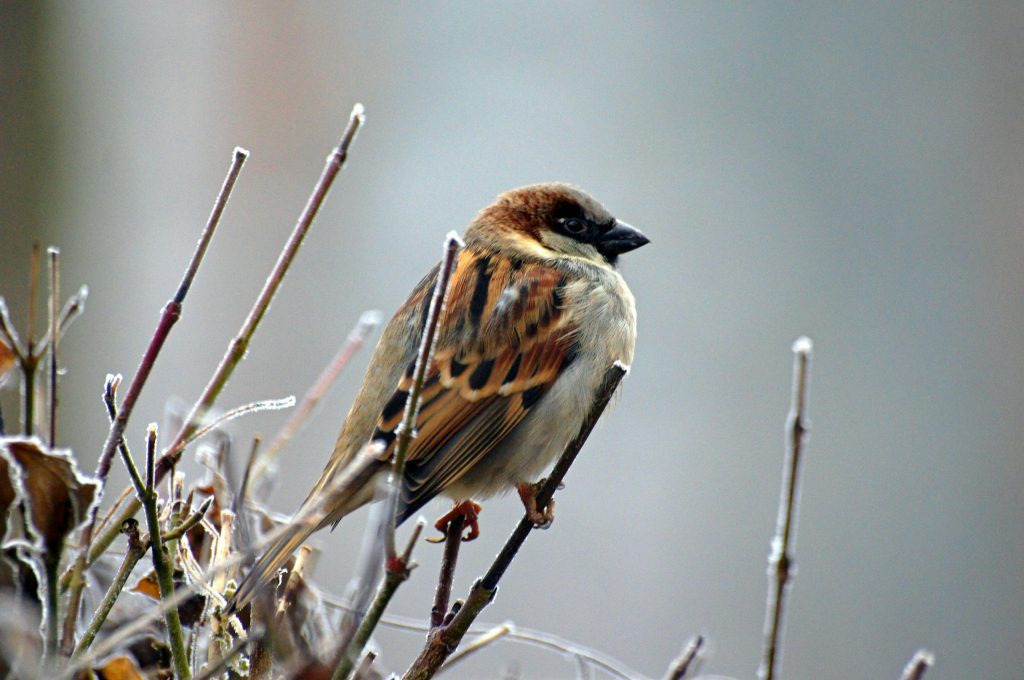Have you noticed that the once-familiar chirping of sparrows is fading from our neighborhoods? These small birds, once everywhere, are now disappearing at an alarming rate.
That’s why World Sparrow Day, celebrated every year on March 20, is more than just another date on the calendar—it’s a wake-up call.
This article takes a look at why sparrows matter, why they are vanishing, and what we can do to bring them back.
What Is World Sparrow Day?
World Sparrow Day was started in 2010 by the Nature Forever Society of India, founded by Mohammed Dilawar, a conservationist who noticed the declining sparrow population.
It is now a global event that aims to:
- Raise awareness about the declining sparrow population.
- Encourage people to create sparrow-friendly environments.
- Highlight the importance of urban biodiversity.
Sparrows have lived alongside humans for centuries, yet modern life has made it difficult for them to survive.
This day reminds us that even small birds play a big role in nature.
Why Are Sparrows Disappearing?
Just a few decades ago, sparrows were a part of everyday life. Today, their numbers are dropping fast.
Here’s why:
1. Habitat Loss:
Modern cities don’t have the small cracks and crevices that sparrows use to build their nests.
Glass buildings, concrete walls, and fewer green spaces mean sparrows have nowhere to live.
2. Lack of Food:
Sparrows mainly eat seeds and insects, but pesticides have wiped out many of their food sources.
Processed food waste in cities doesn’t provide the nutrition they need.
3. Air Pollution:
High pollution levels in cities weaken sparrows’ immune systems and make survival harder, especially for baby sparrows.
4. Mobile Towers and Radiation:
Some studies suggest that electromagnetic radiation from mobile towers interferes with the birds’ navigation and reproduction.
5. Climate Change:
Extreme weather patterns make it harder for sparrows to find food, water, and shelter.
These problems don’t just affect sparrows—they’re warning signs about the health of our environment.
Why Should We Care About Sparrows?
Sparrows aren’t just cute little birds. They play important roles in nature:
1. Natural Pest Controllers:
They eat insects like mosquitoes and caterpillars, helping to keep bug populations in check.
2. Seed Dispersers:
By eating and spreading seeds, sparrows help plants grow in different areas.
3. Indicators of Environmental Health:
When sparrows disappear, it’s a sign that our environment is in trouble.
Their decline means that pollution, habitat destruction, and food shortages are reaching dangerous levels.
How Can We Help Save Sparrows?
The good news? There’s still time to bring sparrows back—and it starts with small, simple changes.
1. Make Your Home Sparrow-Friendly:
- Put up birdhouses with small entrance holes where sparrows can nest.
- Keep a bowl of clean water outside, especially during hot months.
- Grow native plants that attract insects and provide seeds.
- Avoid chemical pesticides that kill insects sparrows rely on for food.
2. Feed Sparrows the Right Way:
Instead of bread crumbs (which aren’t healthy for them), leave out:
- Millet
- Crushed rice
- Sunflower seeds
- Broken wheat (dalia)
3. Reduce Light and Noise Pollution:
- Dim outdoor lights at night so sparrows can rest.
- Avoid loud music and honking near green spaces where birds live.
4. Encourage Sparrow-Friendly Architecture:
- Support urban planning that includes green spaces and bird-friendly buildings.
- Push for eco-friendly building designs that have small holes or ledges for nesting.
5. Participate in Conservation Efforts:
- Join citizen science projects that track sparrow populations.
- Support organizations working on bird conservation, like the Nature Forever Society or the Cornell Lab of Ornithology.
- Spread awareness on social media or within your community.
How the World Is Celebrating World Sparrow Day
Many countries celebrate World Sparrow Day by organizing events like:
- Birdwatching tours to spot sparrows in local areas.
- Workshops on building sparrow nests.
- School projects that teach children about bird conservation.
- Social media campaigns using hashtags like #WorldSparrowDay to raise awareness.
Some cities have even launched “Adopt a Sparrow” programs, where people take responsibility for feeding and protecting sparrows in their neighborhood.
Final Thoughts
The decline of sparrows is not just a bird problem—it’s an environmental problem.
If we continue ignoring their disappearance, we may lose more than just their cheerful chirping.
But the good news is, sparrows are resilient. With a little effort, we can help them make a comeback. Whether it’s putting up a nest box, feeding them, or simply spreading awareness, every small action counts.
So, this World Sparrow Day, take a moment to listen. If you still hear sparrows in your neighborhood, cherish them. If you don’t, it’s time to act.
More Resources
Want to learn more about sparrow conservation? Check out these resources:
Let’s make sure sparrows stay a part of our lives for generations to come!
